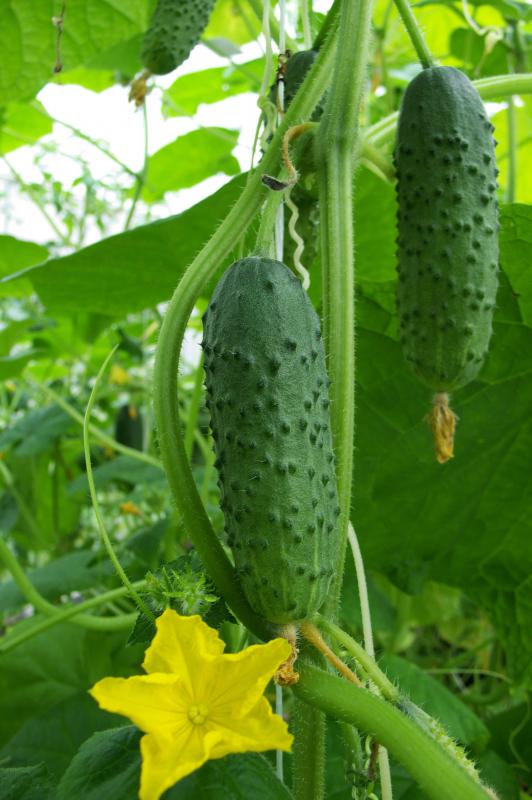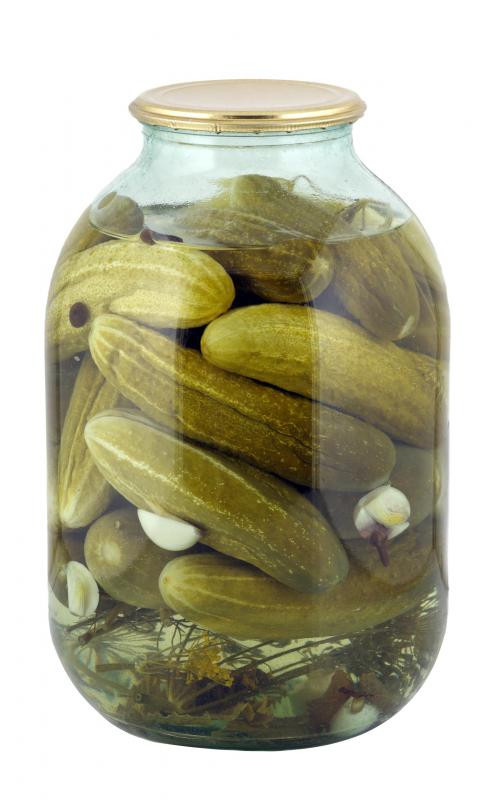At WiseGEEK, we're committed to delivering accurate, trustworthy information. Our expert-authored content is rigorously fact-checked and sourced from credible authorities. Discover how we uphold the highest standards in providing you with reliable knowledge.
What Are the Best Tips for Pickling Vegetables?
Pickling is a form of food preservation that is used to can vegetables that are low in acid content. Vegetables low in acid must be pickled if they are prepared in a hot water bath in order to kill bacteria and prevent food borne illnesses such as botulism. The best tips for pickling vegetables often depend on the type of vegetable being canned and the preferences of the individual. Tips for pickling vegetables include using fresh vegetables, maintaining crispness, and properly canning and storing the vegetables. Brine with accurate amounts of vinegar, pickling spices, garlic, and any other desired spices must be proportioned accurately.
One of the best tips for pickling vegetables is to make sure jars are the appropriate size for the recipe that is being used. It is important that the appropriate size of jar is used in order to accurately and safely pickle vegetables. If a recipe calls for one size jar, but a larger size is used, the brine will not be proportionate to the size of the jars and there will not be enough brine to cover the vegetables accurately. It is important that they are completely covered with the brine.

When pickling vegetables, one should use fresh, just picked vegetables in an effort to maintain crispness. Vegetables that have set for long periods of time lose pectin and become soft. Once vegetables have softened, they cannot be made crisp again. The blossom ends of the vegetables should be cut off, as the blossoms contain microbes that can cause softness.

Another way to maintain or add to the crispness of fresh vegetables in the pickling process is to add alum, lime, calcium, or another firming agent to the brine. When using firming agents, it is important to use the proper amounts. Too little or too much can have the reverse effect and soften the vegetables. Soaking vegetables in ice water for a few hours before pickling will also help them maintain crispness.

Proper canning procedures should be used when pickling vegetables to avoid the dangers of botulism. Vegetables should be packed in sterilized jars and completely covered in the brine. Head space should be left at the top of the jar to allow for bubbling and expansion of the vegetables. The amount of required head space will vary depending upon the type of vegetables and the recipe. If enough space is not left, the contents of the jars may boil over or cause the jars to explode.
AS FEATURED ON:
AS FEATURED ON:















Discussion Comments
What the best place to storage pickled vegetables? I assume it's a "cool, dry place"? Are heat and light a concern when finding a viable place to store pickled vegetables?
Post your comments